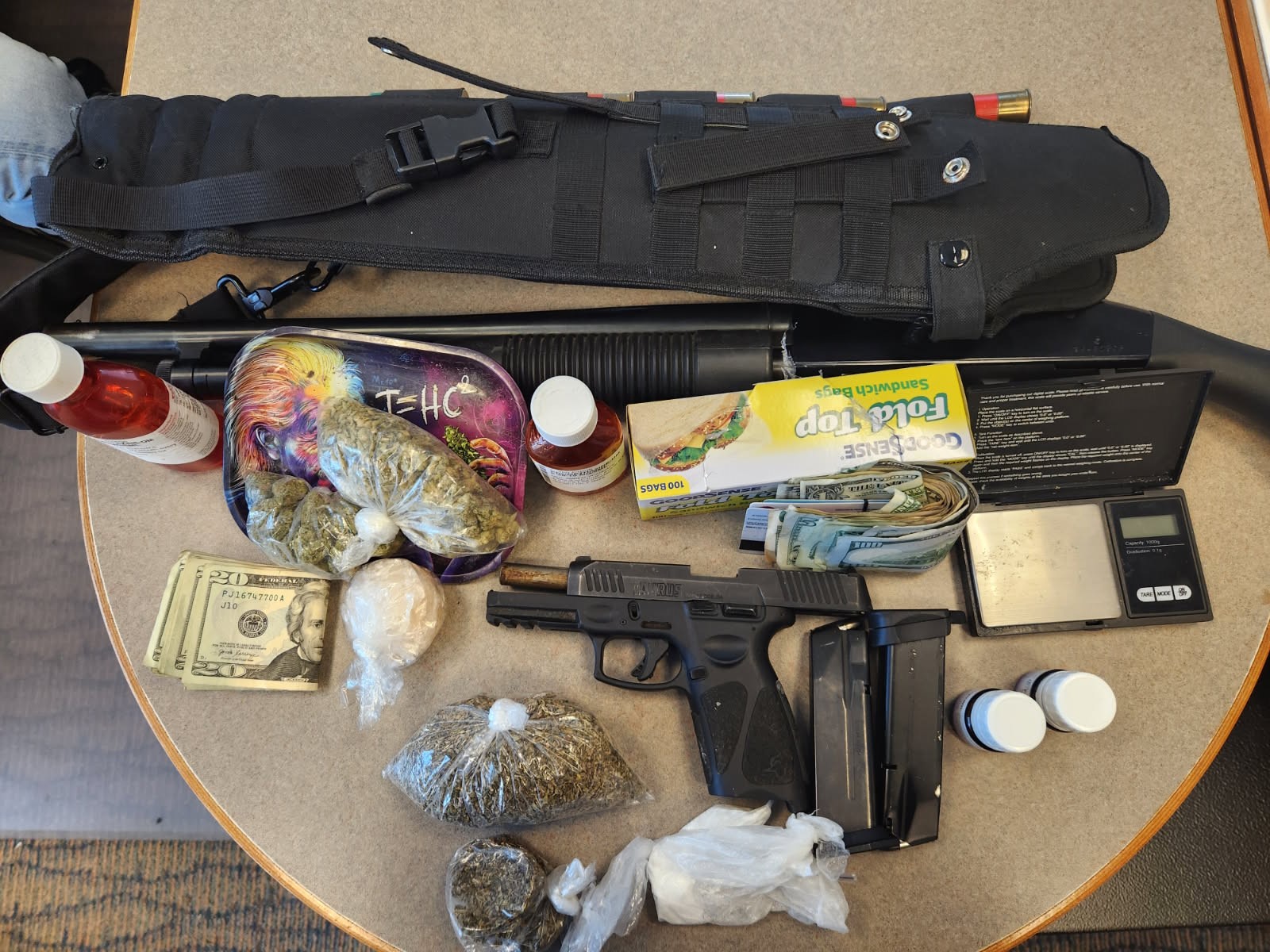Indian problems in East Texas
Published 9:31 am Monday, August 8, 2016
Special to The Leader
Prior to 1845, all Indians of East Texas, native and immigrant, were still free and would remain so until 1854, after which time they were placed on the new “Texas Brazos Reservations.” As mentioned, in addition to the old native Caddoans, these immigrant tribes had been entering Texas from other states since 1818 and earlier. This migration was mostly because of the European-introduced epidemics (beginning in the 1690’s). Due to things such as alcoholism, change of diet, murder, sexual and other individual diseases, the two major groups of Caddoan (Caddohadache and Tejas/Hasinai) were becoming decimated and were therefore combined with other local tribes regardless of their tribal affiliations. The “Indian Agency” of the Federal Government saw no harm in this as they had the mentality “an Indian is an Indian” causing the locating of enemies side by side on all reservations. However, they were still viable and remained free until 1855, though their situation was different with the newer immigrant Indians.
Trending
Some of these immigrants had taken up residency on the traditional Caddoan lands above the old El Camino de los Texas (Highway 21), particularly the Cherokee, Choctaw, Shawnee and Delaware. As stated, the Caddo did not know that the immigrants had actually been permitted to enter these lands by the Spanish. On the other hand, the immigrant tribes were led to believe that they had been given a claim on this new land. (This would cause bloodshed at a later date.)
As the Anglo population increased, their presence was resented because it was they who had displaced the Indians from their ancestral homes. There was already “bad blood” between the two groups from the outset. Now the “whites” were trying to displace them again.
From the Indian perspective, there was hate because of their past treatments from the whites; and the whites were filled with fear and mistrust towards the side of the Indians. Indian depredations were constantly on their minds. All too often Anglos were killed – including in some instances women and children.
The Killough Massacre was only one incident where eighteen members of this family clan were killed near Jacksonville. Another incident occurred when a girl was attacked at the spring across the road from Old North Church in Nacogdoches. Every school child in Texas knows about Cynthia Ann Parker who family was massacred and she and another female child were taken as captives by the Commanche. She grew up in the tribe, married a “war chief” and bore a son who later became the chief of his tribe. His name was Quanah Parker and there is a county and a town named for him. He was a good chief and became famous for dealing with the whites yet standing firm for his people. Though Cynthia’s story may have ended fairly well, many more violent incidents occurred.
The whites were retaliating vigorously. Later, the Cherokee and some of their allies actually joined the Nacogdoches Mexican, Vincente Cordova, and his rebels in 1838, two years after the victory at San Jacinto, to try to retake Texas from the Anglos and return it to Mexico and the Indians.
Unfortunately for the native tribes, the Anglos considered all Indians a menace and it was officially decided by the President of the Republic, Marabou Lamar, that all Indians had to vacate Texas – one way or another.
Trending
Following are a few quotations from the diary that was kept by Adolphus Sterne at Nacogdoches between 1840 and 1851. These show the persistent concern of the East Texans.
Thursday, February 1840: “…passed a deserted village of Choctaws.”
(This was between Nacogdoches and Garrison.) These voluntarily left East Texas for Oklahoma much before the others were forced to leave.
Sunday, April 4, 1841: “The Indians (killed) a Negro in the field of Mr. Burton at the fork of the road, near Neches. Stole two mules and two horses.”
They were pursued but were not able to be caught.
Today, Indians live in Texas, but only as individuals and small family groups. The only tribe still living on ancestral lands are the Alabama Coushatta, who signed over to Texas their federal rights to open a casino on their reservation because Texas didn’t want to allow gambling to enter the state. The Alabama Coushatta have a nice museum and other attractions such as dancing during certain times of the year. This makes a perfect trip for holiday breaks, three day weekends or a summer adventure.
To learn more about this tribe, please go to www.Alabama-Coushatta.com
________________________
Your questions and comments are always welcome. Please call, 575-291-9918 for more information on Texas History or to order books on this subject.




